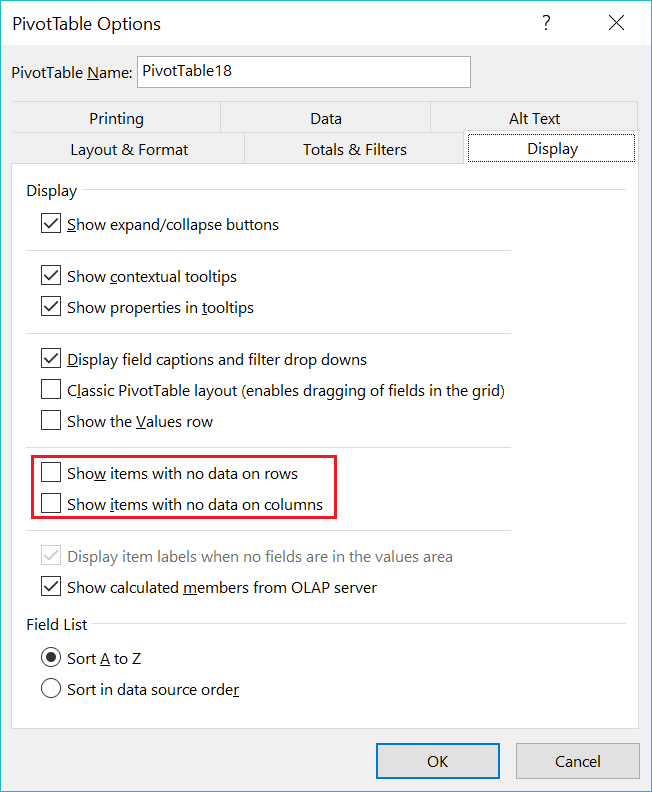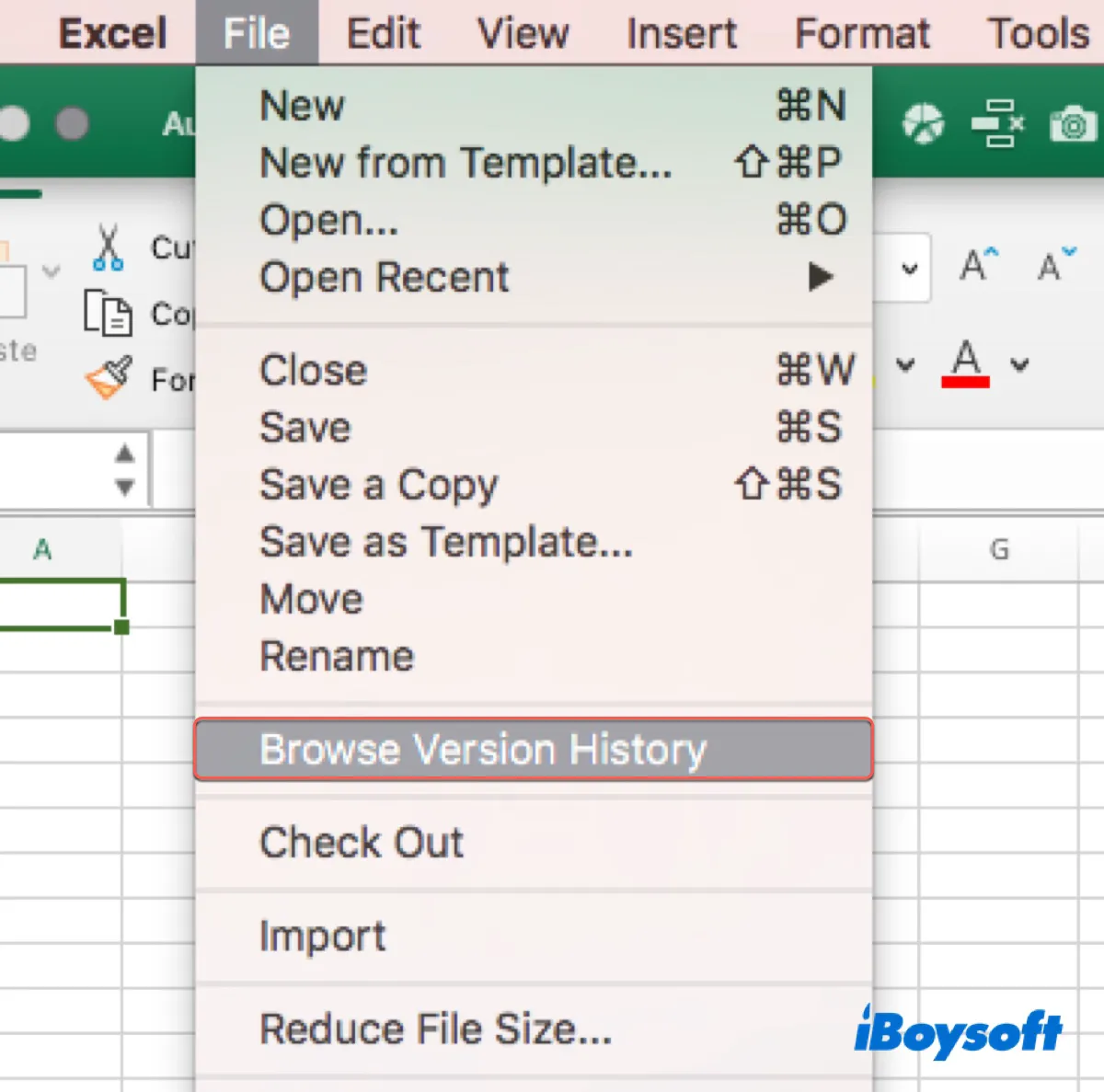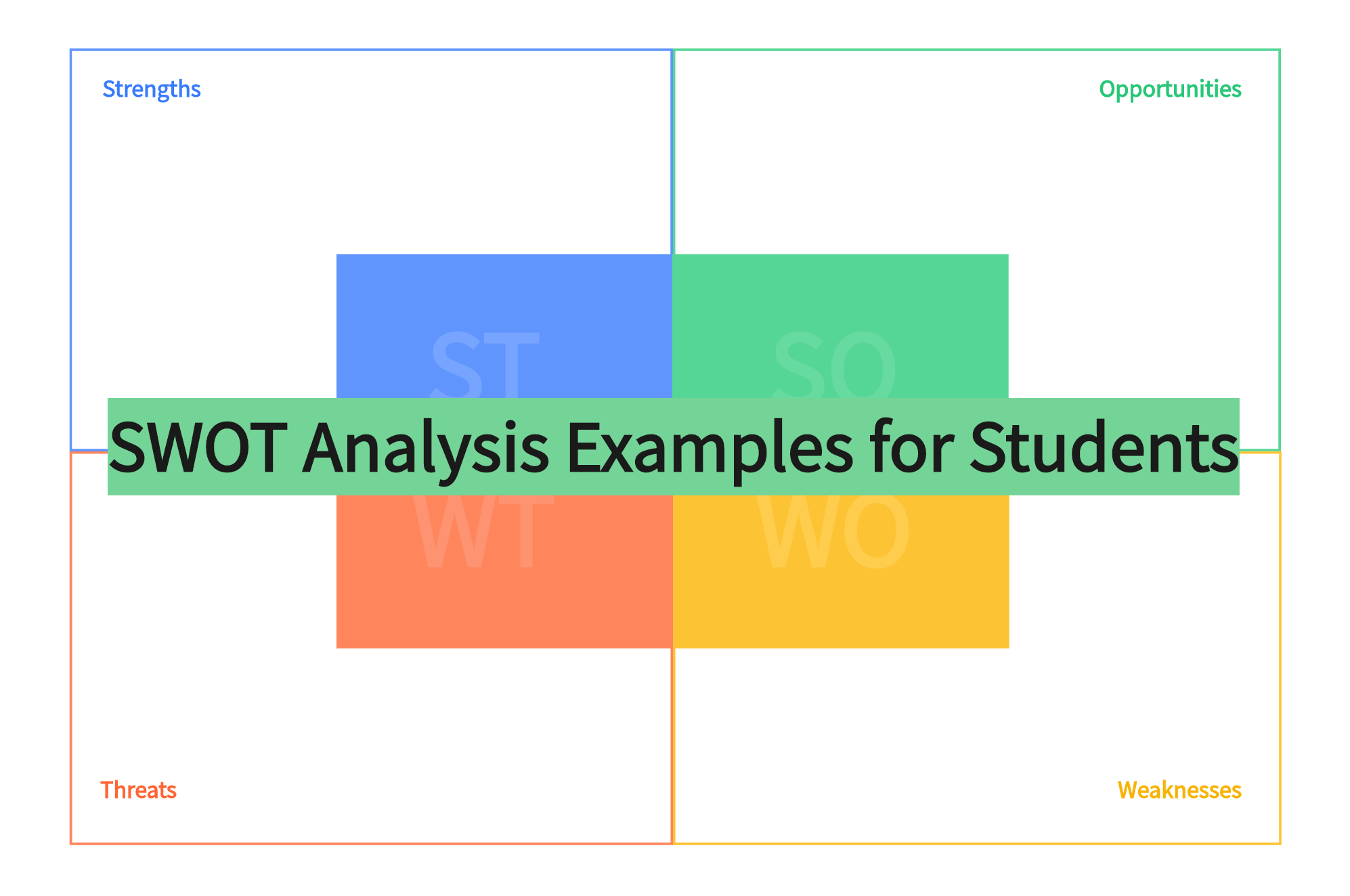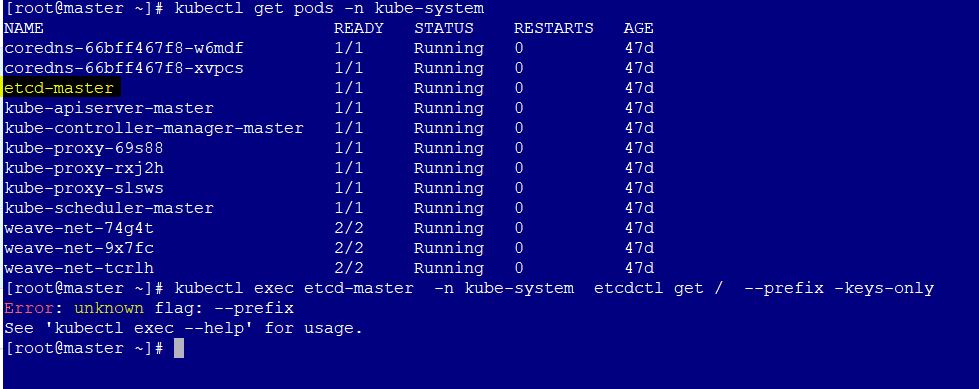Visual Guide: Grey Out Missing Data

When it comes to data visualization, handling missing data is a common challenge. Presenting incomplete information accurately is crucial for maintaining the integrity of the visual representation and ensuring that the audience can interpret the data correctly. This article explores the practice of grey-out missing data, a technique used to effectively convey gaps in information while maintaining a visually appealing and informative chart or graph.
Understanding the Grey-Out Technique

The grey-out technique is a visual strategy employed in data visualization to denote missing values or incomplete data points. By using shades of grey, designers and data analysts can differentiate between existing data and missing entries, providing a clear indication of data availability. This method is particularly useful when dealing with large datasets, where missing values can be numerous and challenging to represent effectively.
The choice of grey tones is deliberate. Lighter shades of grey are often used to represent missing data, ensuring that the visual contrast remains high between the data points and the background. This contrast helps viewers quickly identify the missing values, especially when the chart or graph is viewed at a glance. Additionally, the use of grey scales maintains the overall aesthetic of the visualization, preventing the missing data from being overly distracting or disruptive to the presentation.
Advantages of Grey-Out for Missing Data
Implementing the grey-out technique offers several advantages. Firstly, it provides a clear and intuitive visual cue for missing data, aiding in the understanding and interpretation of the visualization. This is especially beneficial for audiences who may not be familiar with data analysis techniques, as it simplifies the process of identifying gaps in the data.
Secondly, the grey-out method preserves the visual integrity of the chart or graph. By using a consistent color scheme, the visualization remains aesthetically pleasing and easy to read. This is crucial for maintaining the attention and engagement of the audience, ensuring that the key messages of the data are effectively conveyed.
Lastly, the grey-out technique can enhance the accuracy of the data presentation. By clearly distinguishing missing data from existing values, viewers can make more informed decisions and interpretations based on the available information. This precision is essential in fields such as scientific research, finance, and business intelligence, where accurate data analysis is critical.
Implementing Grey-Out in Data Visualization

The implementation of the grey-out technique involves a careful selection of color shades and a strategic placement of the missing data indicators. Here are some key considerations:
Choosing the Right Grey Tones
Selecting the appropriate grey shades is crucial to ensure the missing data is noticeable without overwhelming the visualization. A light grey is often preferred as it provides a subtle yet effective indication of missing values. This shade ensures that the data points still stand out, maintaining the visual hierarchy of the chart or graph.
However, the choice of grey tone may vary depending on the color scheme and context of the visualization. In some cases, a slightly darker grey might be more suitable, especially when the background or existing data points are already light-colored. The goal is to create a clear contrast while maintaining a harmonious color palette.
Placement and Context
The placement of grey-out indicators should be strategic. It is essential to ensure that the missing data is positioned logically within the visualization. For instance, in a bar chart, missing values should be aligned with the other data points to maintain the visual continuity of the chart. This consistency helps viewers quickly identify the gaps and understand the overall data distribution.
Additionally, the context of the visualization plays a vital role. The grey-out technique may need to be adapted based on the specific dataset and the insights being presented. For example, in a line chart representing time-series data, missing values might be more noticeable if they occur in a sequence. In such cases, a different approach, such as using dashed lines or specific markers, might be more appropriate to highlight the missing data.
Real-World Example: Grey-Out in Action
Let’s consider a practical example to illustrate the effectiveness of the grey-out technique. Imagine a dataset representing the monthly sales of a retail store over the past year. However, due to data collection issues, there are several missing months in the dataset.
By applying the grey-out technique, the visualization could represent the missing months using a light grey shade, while the months with available sales data are depicted in a vibrant color. This visual distinction immediately draws attention to the missing months, allowing viewers to understand the data gaps and potentially investigate the reasons behind the missing values.
| Month | Sales (in $) |
|---|---|
| January | 12,000 |
| February | 15,500 |
| March | 18,200 |
| April | 16,800 |
| May | 14,300 |
| June | 13,600 |
| July | 16,500 |
| August | 17,800 |
| September | 19,200 |
| October | 20,500 |
| November | 18,700 |
| December | 14,900 |

In this example, the months with missing sales data are greyed out, providing a clear indication of the data gaps. This visualization not only presents the available sales figures but also highlights the need for further data collection or analysis to understand the reasons behind the missing months.
How does the grey-out technique enhance data visualization?
+The grey-out technique improves data visualization by providing a clear visual indication of missing data. This helps viewers quickly identify data gaps, enhancing the interpretability of the chart or graph. By using shades of grey, designers can maintain the aesthetic appeal of the visualization while effectively communicating the availability of data.
What are the benefits of using light grey shades for missing data?
+Light grey shades are preferred for missing data as they create a subtle yet noticeable contrast against the existing data points. This contrast ensures that the missing values are easily identifiable, while also maintaining the overall visual hierarchy of the chart. The light grey tone prevents the missing data from being overly distracting, allowing viewers to focus on the available information.
Can the grey-out technique be adapted for different types of visualizations?
+Absolutely! The grey-out technique can be adapted to various types of visualizations, including bar charts, line charts, scatter plots, and more. The key is to ensure that the missing data indicators are placed strategically and logically within the visualization. This may involve adjusting the grey shades or using additional visual cues, depending on the specific context and data being presented.



